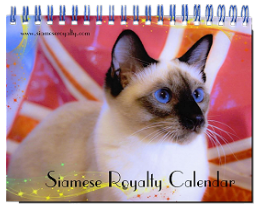

IMAGE GALLERY
ABOUT US
We are a small cattery raising all of our kittens underfoot and lovingly socializing them for their forever homes. We offer some of the most beautiful and sought after Traditional Siamese and Balinese kittens in United States. Kittens leave home tested for FeLV/FIV, vaccinated, parasite treated and come with a Health Contract. Our goal at Siamese Royalty is to raise high-




NEW! 2023 CALENDAR AVAILABLE
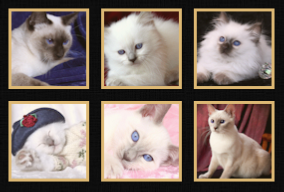



THE INTELLIGENCE OF THE BALINESE CAT
THE SIZE OF THE BALINESE CAT
THE TEMPERAMENT OF THE BALINESE CAT
WILL A MALE OR A FEMALE MAKE A BETTER? PET?
WHAT ABOUT GROOMING AND ALLERGY CONCERNS?
THE BALINESE CAT AND OTHER ANIMALS
THE BALINESE CAT AND CHILDREN

The Balinese cat (Long Haired Siamese) was developed in the United States as a Breed of its own. The Balinese is a natural spontaneous mutation of the Siamese gene. On occasion long haired kittens appeared in short haired litters over the years, but breeders usually dismissed them as undesirable anomalies. Records indicate, however, that long-
The Balinese cat was developed in the United States as a Breed of its own. The Balinese is a natural spontaneous mutation of the Siamese gene. On occasion long haired kittens appeared in short haired litters over the years, but breeders usually dismissed them as undesirable anomalies. Records indicate, however, that long-

Balinese cats are intelligent and playful. They easily adapt to the sounds and idiosyncrasies of children, often engaging into the middle of the fun. Balinese are fluffy and affectionate, their silky-

Unlike the Short-

Balinese are intelligent cats. Barron's Encyclopedia of Cat Breeds, which rates cat intelligence on a scale of 1 to 10, rated the Siamese and Balinese on the highest percentile, scoring nine. Additionally, the Balinese is rated the highest in intelligence of all the long-

The Balinese tends to be, on average, slightly larger in size than the Short Haired Siamese. Males weigh from 12-

The intelligent, curious, openly affectionate and calmer nature of the Balinese makes them a wonderful pet because it makes them so ‘human like’. Their loyalty, which exceeds that of the Short Haired Siamese, often resembles that of a dog more than a cat. They will follow you about or wait patiently outside a door for you to return home so they can once again resume interacting with you. They love to sleep in your bed, play fetch or make up other games. Unlike the Short Haired Siamese, they are independent enough to adjust better to periods of being alone. These creatures take longer to develop their personalities, intelligence and eye color. Their voices are far softer and they speak only when they have something they think is important to say. Like their short haired descendants that guarded the temples, they have been known to be 'watch-

Early History shows that the Balinese has the same History as the old-

Surprisingly, the Balinese shed very little and generally less fur than the short-
Concerning those who are allergic to cats, a common misconception is that allergen levels are caused by the length of the cat hair, which is why a lot of people do not believe a long hair breed, such as the Balinese cat, can be hypo-
Many would-


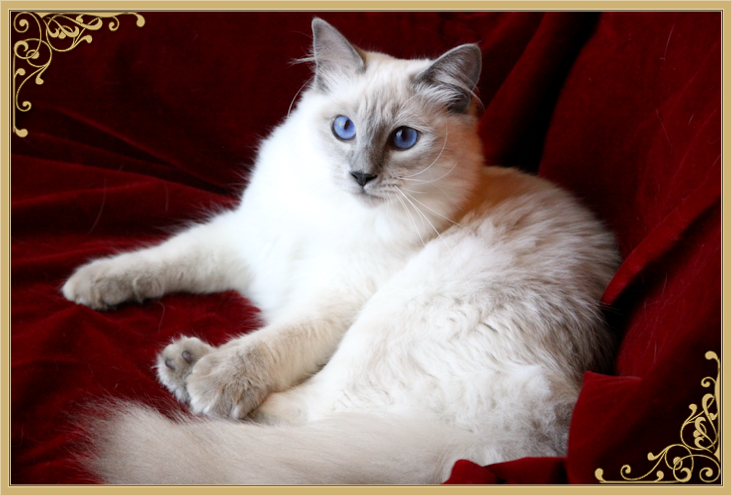

Photographs and text copyright reserved @siameseroyalty.com

The Balinese is a particularly attractive option for the discerning pet-
CONCLUSION

Although cat personalities differ between male and female, especially if they are neutered or spayed, their sex plays a relatively small role in their personality. Having said that, generally speaking, it seems that females tends to be more temperamental and perhaps slightly less intelligent than the males. However, due to the laid back nature of the Balinese, both male and female Balinese make wonderful pets for children.
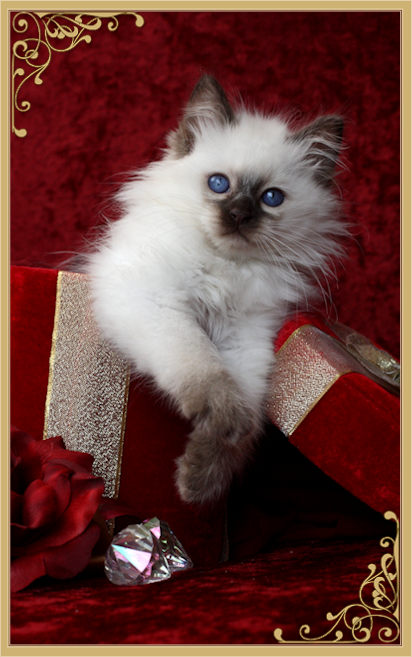
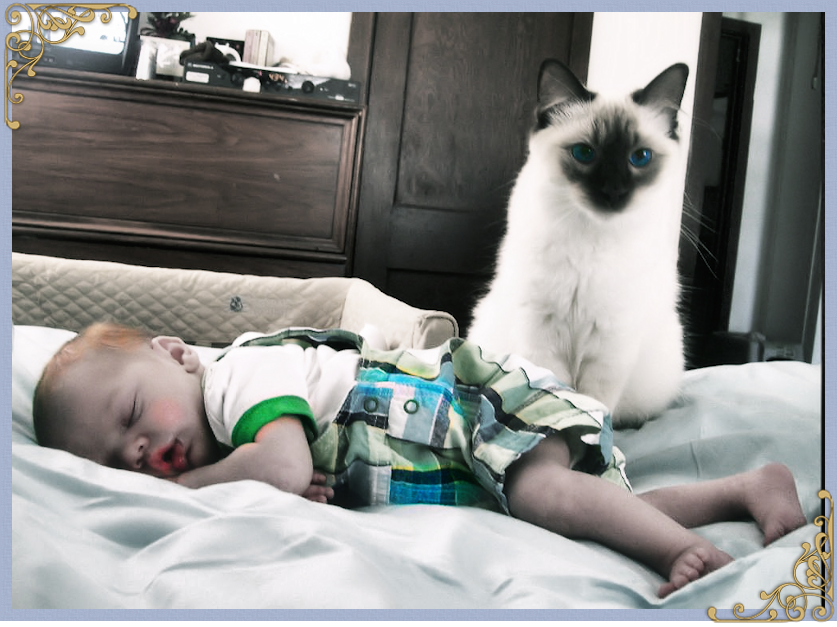
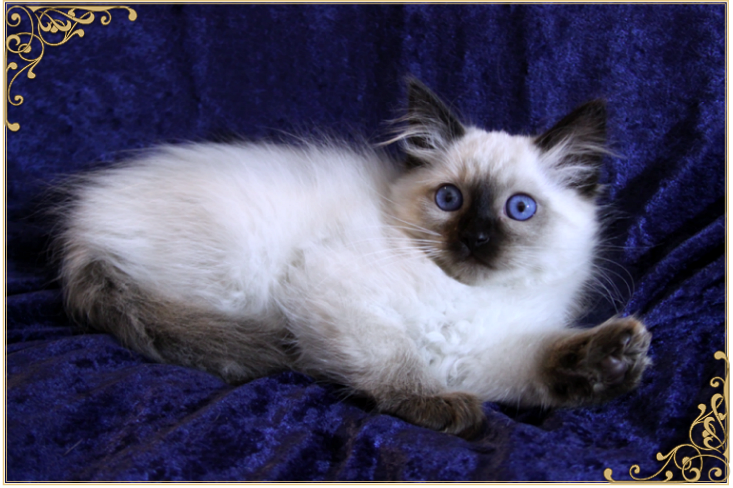
| Early Alteration |
| Links |
| Young Again & Nuvet |
| Smoke & Pets |
| Health |
| Celebrities |
| Waiting List |
| Cattery Cost |
| Kittens |
| Cat Names |
| Testimonies |
| Testimonies Two |
| Testimonies Three |
| Color Pt Lynx |
| Body Types & Colors |
| Personalities |
| History |
| Past Breeding Cats |
| Available Adults |
| Guestbook |
| TimeLine |
| Store |




